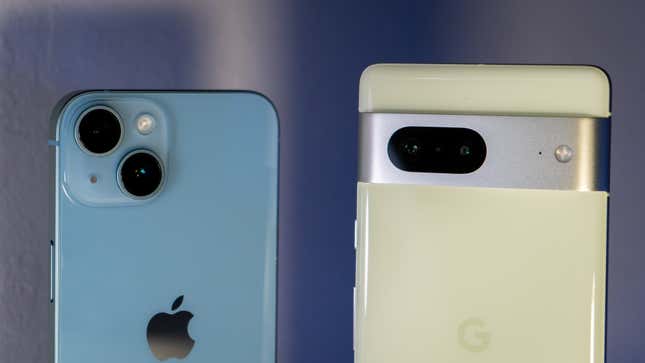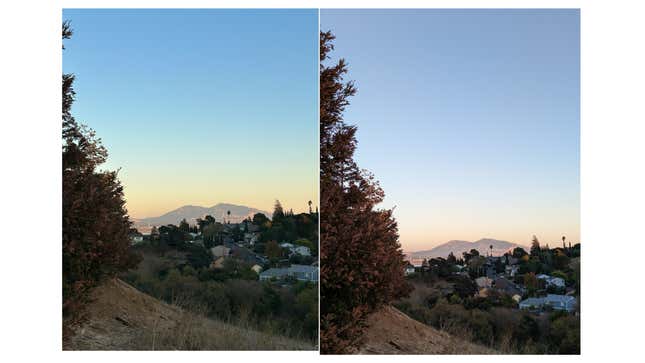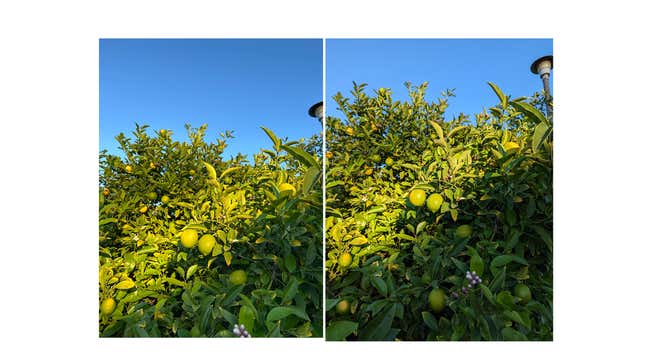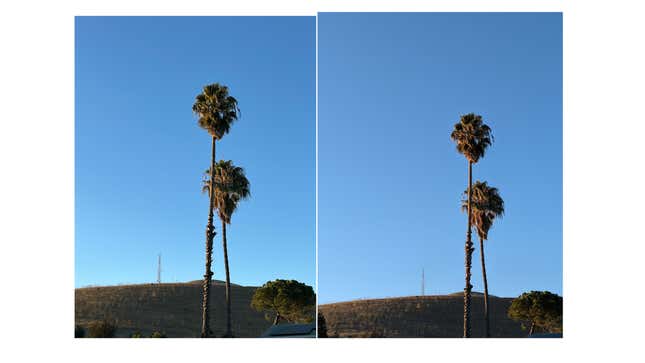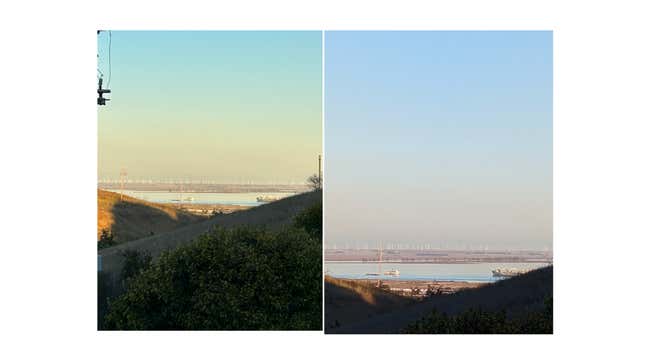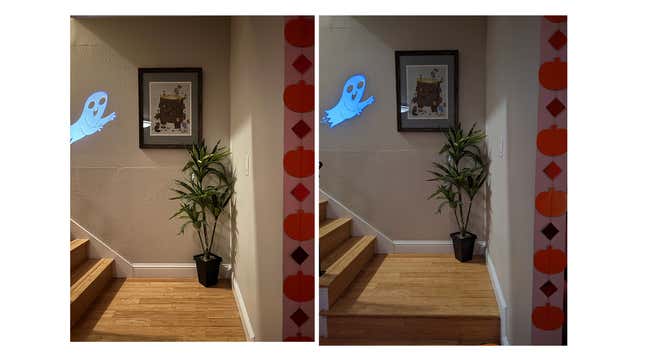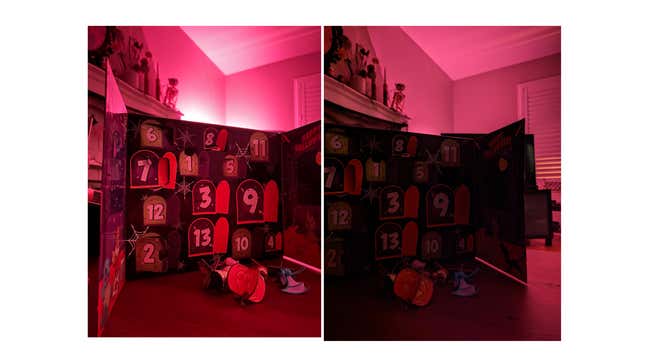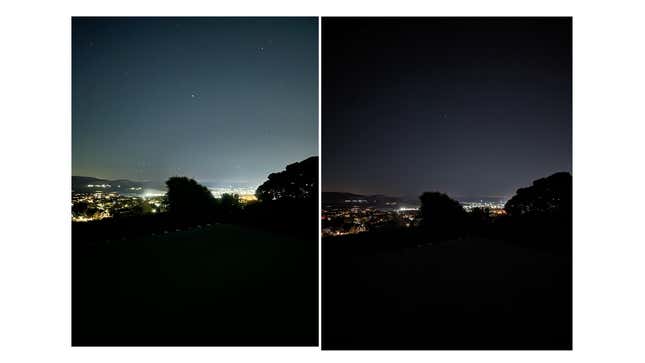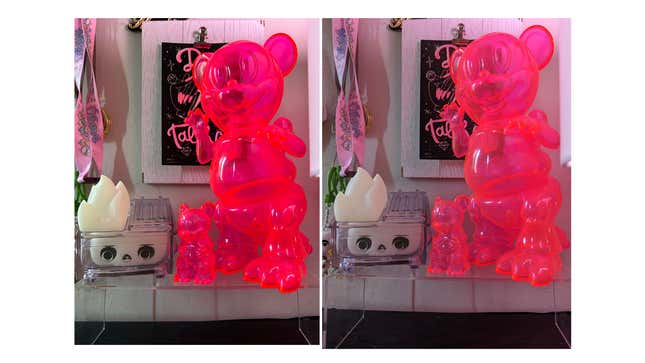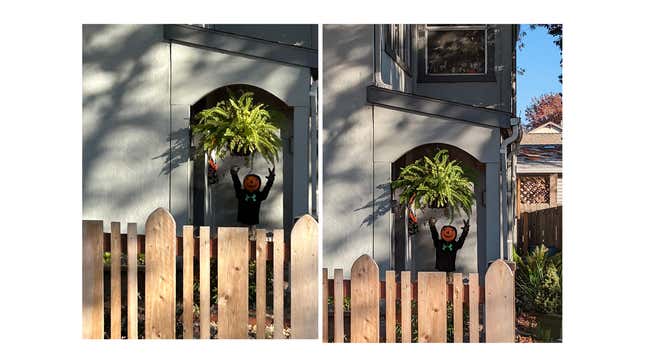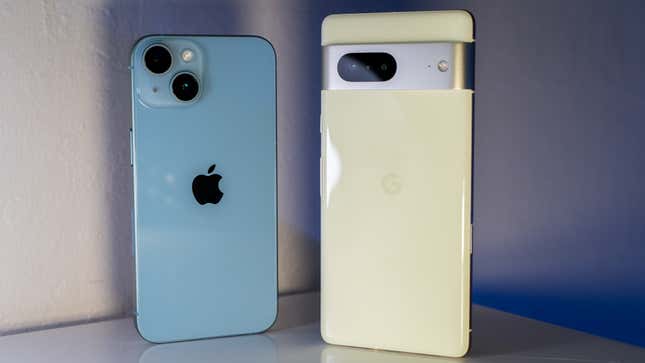
We already know the “pro” models of the iPhone 14 and Pixel 7 smartphones are the best ones you can get, but what about the non-pro variants? The iPhone 14 and Pixel 7 are for the same user, albeit different platforms: someone who wants to upgrade but doesn’t want to shell out too much cash.
The good news is that Apple’s iPhone 14 and Google’s Pixel 7 are pretty much on par in terms of camera performance, so you can’t go wrong with either. And in some cases, the iPhone 14 has a leg over the Pixel 7’s greatly lauded Night Sight—that’s one way it can justify starting at $100 more.
